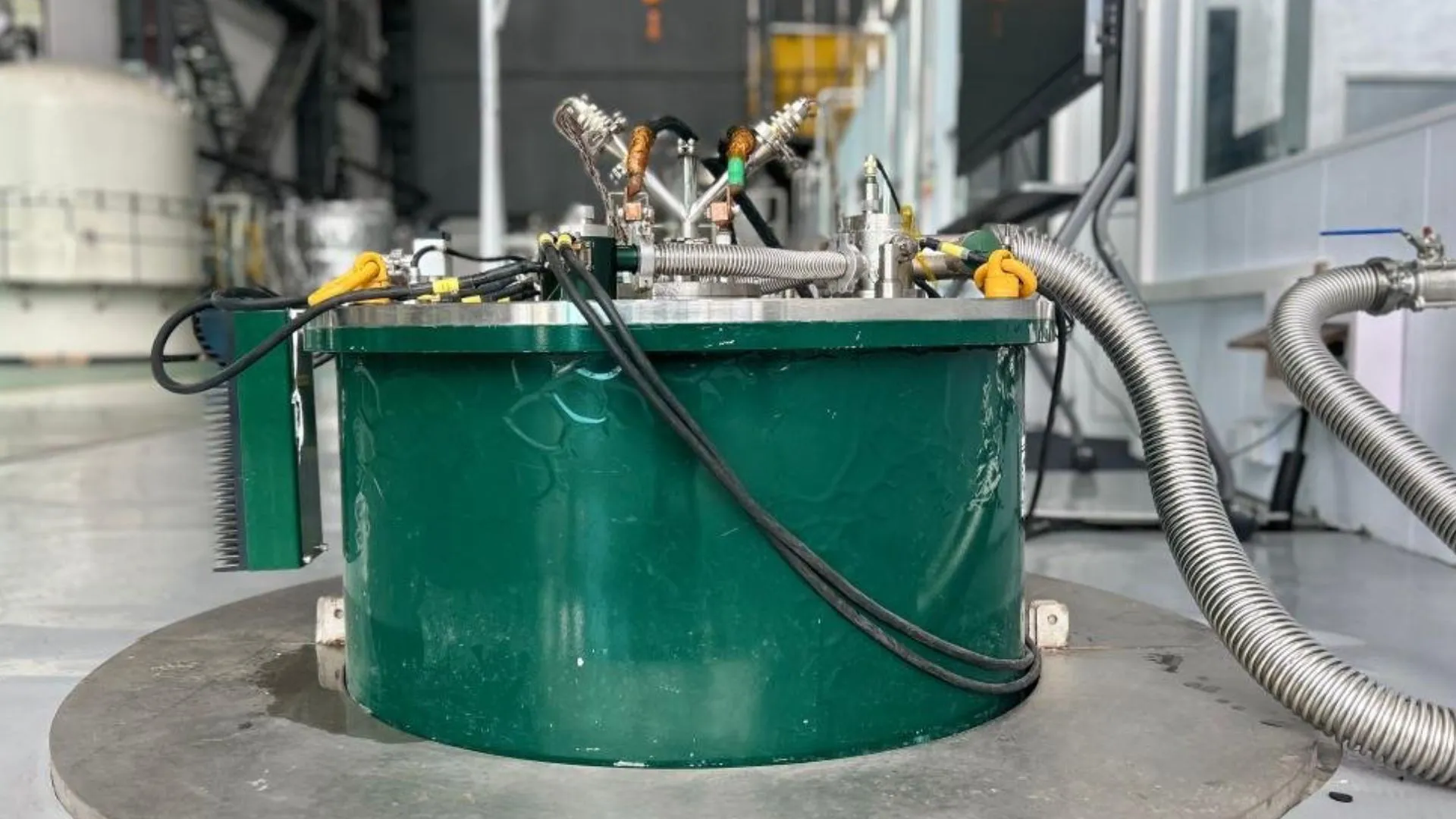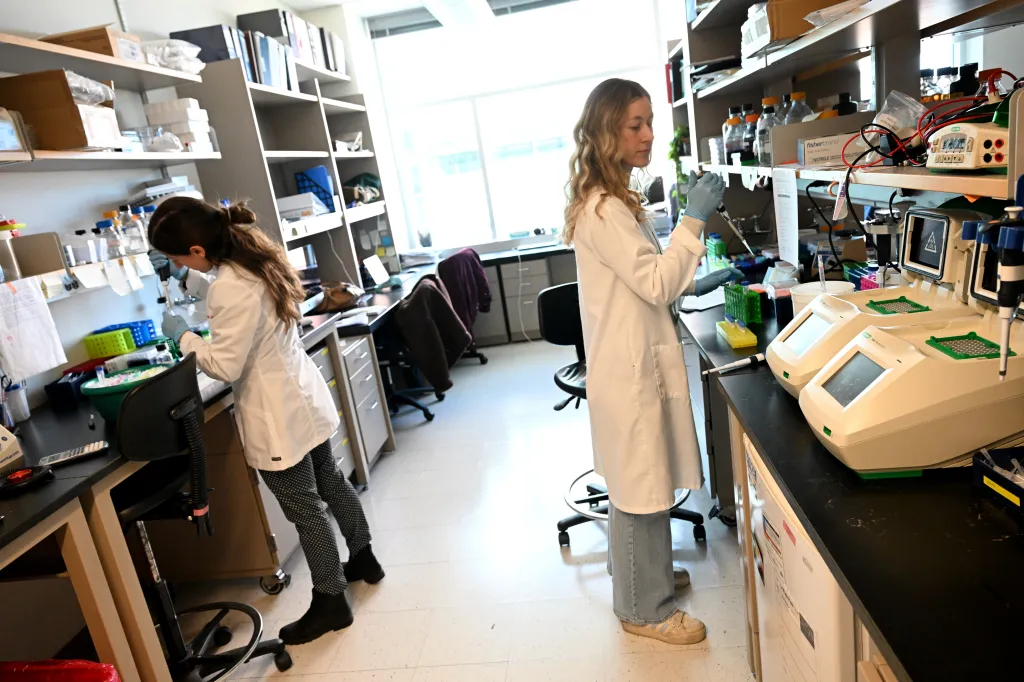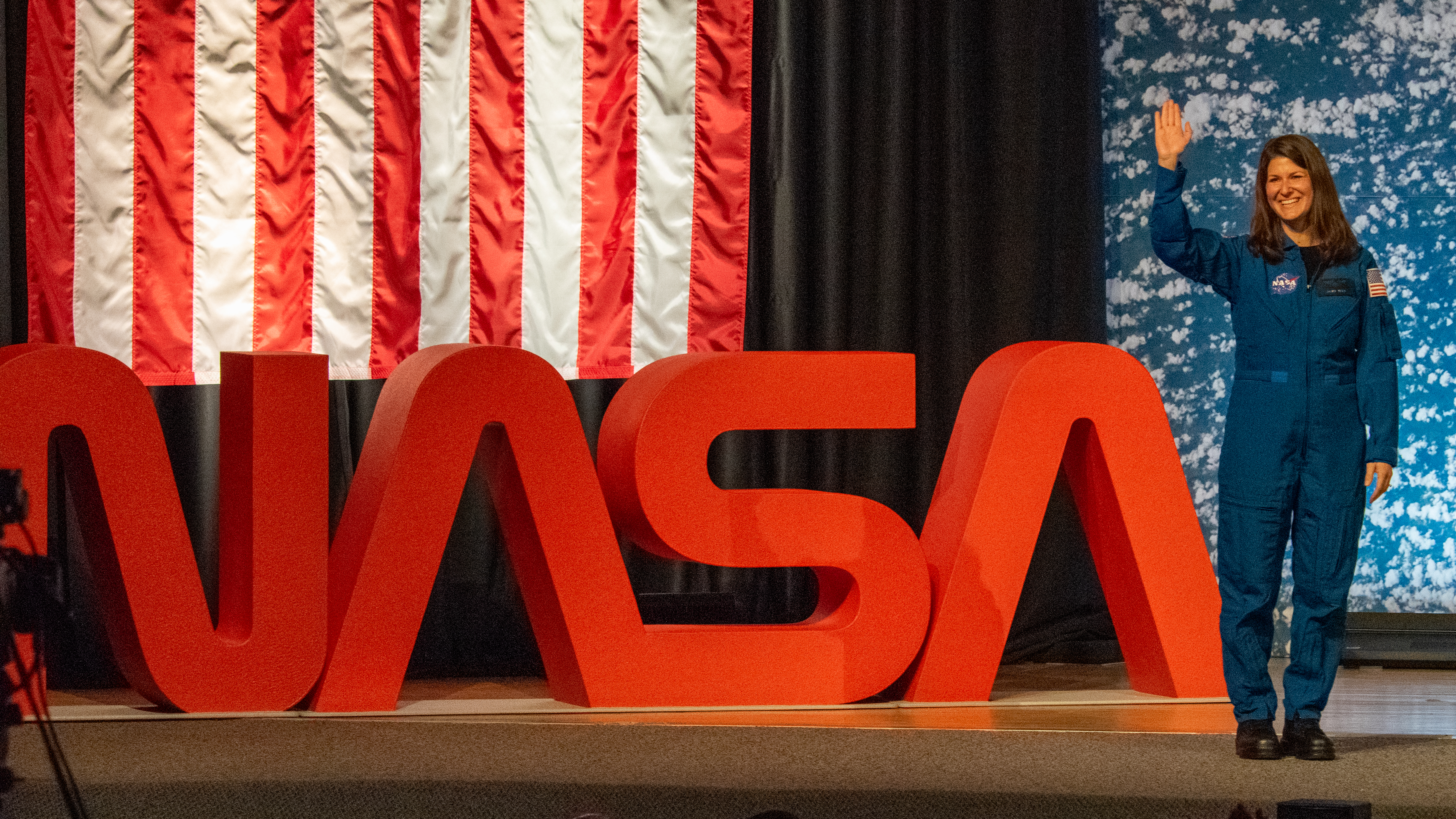
Chinese researchers have reached a new milestone in superconducting technology. On Sunday, they announced the successful generation of a steady magnetic field of 351,000 gauss using a fully superconducting magnet.
This achievement breaks the previous world record of 323,500 gauss and highlights China’s progress in advanced magnet technology.
The magnet was developed by the Institute of Plasma Physics of the Chinese Academy of Sciences (ASIPP) in Hefei, Anhui Province. The project also involved the Hefei International Applied Superconductivity Center, the Institute of Energy of the Hefei Comprehensive National Science Center, and Tsinghua University.
For comparison, Earth itself acts as a giant magnet but generates a geomagnetic field of only about 0.5 gauss. That means the newly achieved field is more than 700,000 times stronger than Earth’s natural magnetic field.
Importance of the breakthrough
According to the research team, this development will help accelerate the commercialization of advanced superconducting scientific instruments. One key example is nuclear magnetic resonance spectrometers, widely used in fields such as medical imaging and chemical analysis.
Beyond that, the magnet offers crucial technical support for several cutting-edge areas. These include fusion magnet systems, space electromagnetic propulsion, superconducting induction heating, magnetic levitation technologies, and efficient power transmission systems. Each of these areas requires extremely strong and stable magnetic fields to operate effectively.
Liu Fang, a researcher at ASIPP, explained that the magnet uses high-temperature superconducting insert-coil technology. This is coaxially nested with low-temperature superconducting magnets to create stability under extreme conditions.
Overcoming technical challenges
The team faced several engineering obstacles before reaching the record-breaking performance. They had to solve issues such as stress concentration, shielding current effects, and multi-field coupling effects that occur under low-temperature and high-field environments.
By overcoming these hurdles, the researchers significantly improved both the mechanical stability and electromagnetic performance of the magnet. The new design ensures the system can remain stable during long operations without losing performance.
In the test run, the magnet was energized to 35.1 tesla and maintained steady operation for 30 minutes. It was then safely demagnetized, proving the reliability of the new approach. This demonstration confirmed that the technology can handle extended use in demanding conditions.
Applications in fusion and beyond
Superconducting magnets are a vital part of magnetic confinement fusion devices. These devices use powerful magnetic fields to form a “magnetic cage” that confines plasma at extremely high temperatures, enabling sustained nuclear fusion reactions.
ASIPP has been deeply involved in fusion research for many years. The institute has also achieved complete localization of superconducting materials, devices, and systems in China, reducing reliance on imports.
As the main Chinese unit participating in the International Thermonuclear Experimental Reactor (ITER) project, ASIPP has taken responsibility for several critical components. These include superconductors, correction coils, and magnet feeders that will support the world’s largest fusion experiment.



